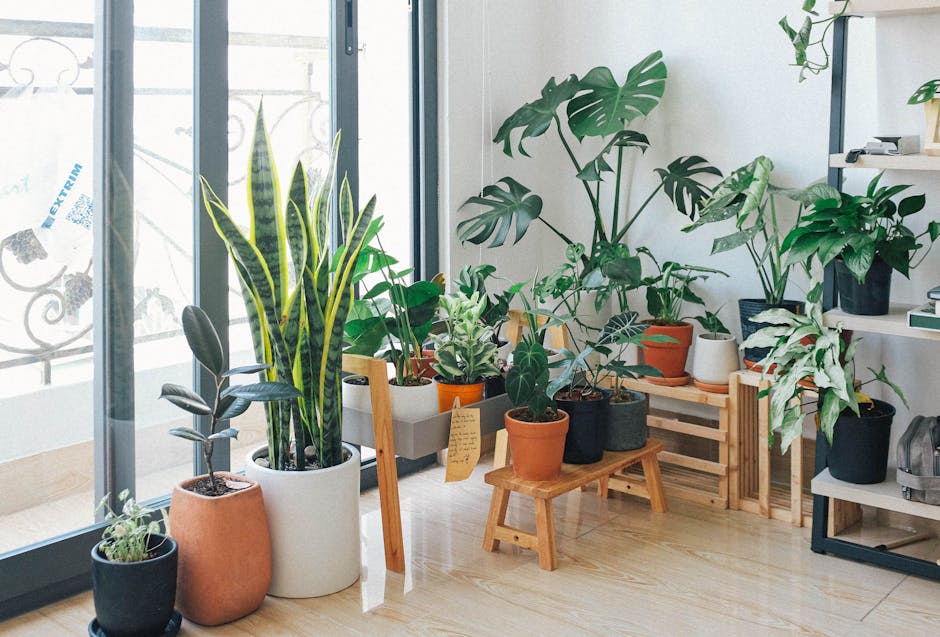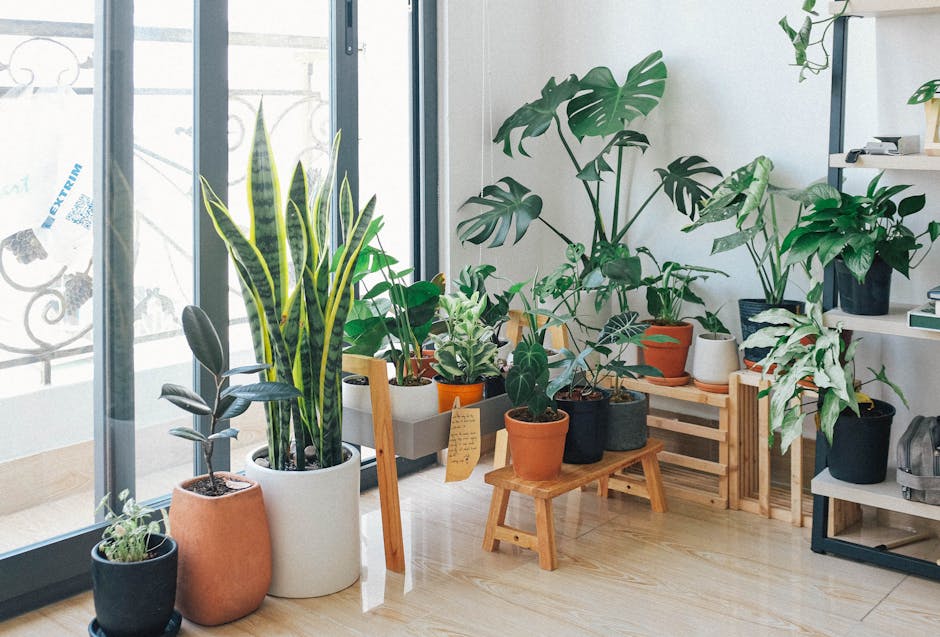Maximizing Aesthetics and Sustainability: Incorporating Green Plants in Modern Interior Design

Incorporating green plants in modern interior design is a trend that has been gaining traction in recent years. This is not surprising, considering the numerous benefits that plants bring to our living spaces. Not only do they enhance the aesthetic appeal of our homes, but they also contribute to our well-being and sustainability efforts.
The beauty of green plants lies in their versatility. They can be used as statement pieces, subtle accents, or even as functional elements in a room. For instance, a large fiddle leaf fig tree can serve as a stunning focal point in a living room, while a collection of small succulents can add a touch of greenery to a minimalist workspace. Moreover, plants can be used to create a sense of separation in open-plan spaces. A row of tall snake plants, for example, can act as a natural divider between a dining area and a living area.
In addition to their aesthetic value, plants also have the ability to improve the quality of our indoor environment. They act as natural air purifiers, removing harmful toxins from the air and releasing oxygen. This can have a positive impact on our health, reducing symptoms of headaches, eye irritation, and respiratory issues. Furthermore, being surrounded by greenery can boost our mood and productivity, making our homes not just more beautiful, but also more pleasant to live in.
Incorporating plants in interior design also aligns with the growing trend towards sustainability. By choosing to decorate with plants, we are making a conscious decision to reduce our reliance on man-made materials and products. This not only helps to conserve resources, but also reduces waste and pollution. Plus, caring for plants can be a rewarding hobby that encourages us to slow down and reconnect with nature, even in the heart of the city.
To successfully incorporate plants into your interior design, there are a few key factors to consider. First, you need to choose the right plants for your space. Consider the amount of light your room gets, the temperature, and the humidity level. Some plants thrive in bright, sunny spaces, while others prefer shade and cooler temperatures.
Next, think about how the plants will fit into your overall design scheme. Do you want them to stand out or blend in? What kind of pots or planters will you use? These details can make a big difference in how your plants contribute to the look and feel of your room.
Finally, remember that plants are living things that require care. Make sure you know how to properly water, feed, and prune your plants to keep them healthy and looking their best.
In conclusion, incorporating green plants in modern interior design is a wonderful way to enhance the aesthetics of our homes, improve our well-being, and promote sustainability. With a bit of planning and care, we can create living spaces that are not only stylish and contemporary, but also green and life-affirming. So why not bring a bit of the outdoors in and see the difference it can make in your home?

